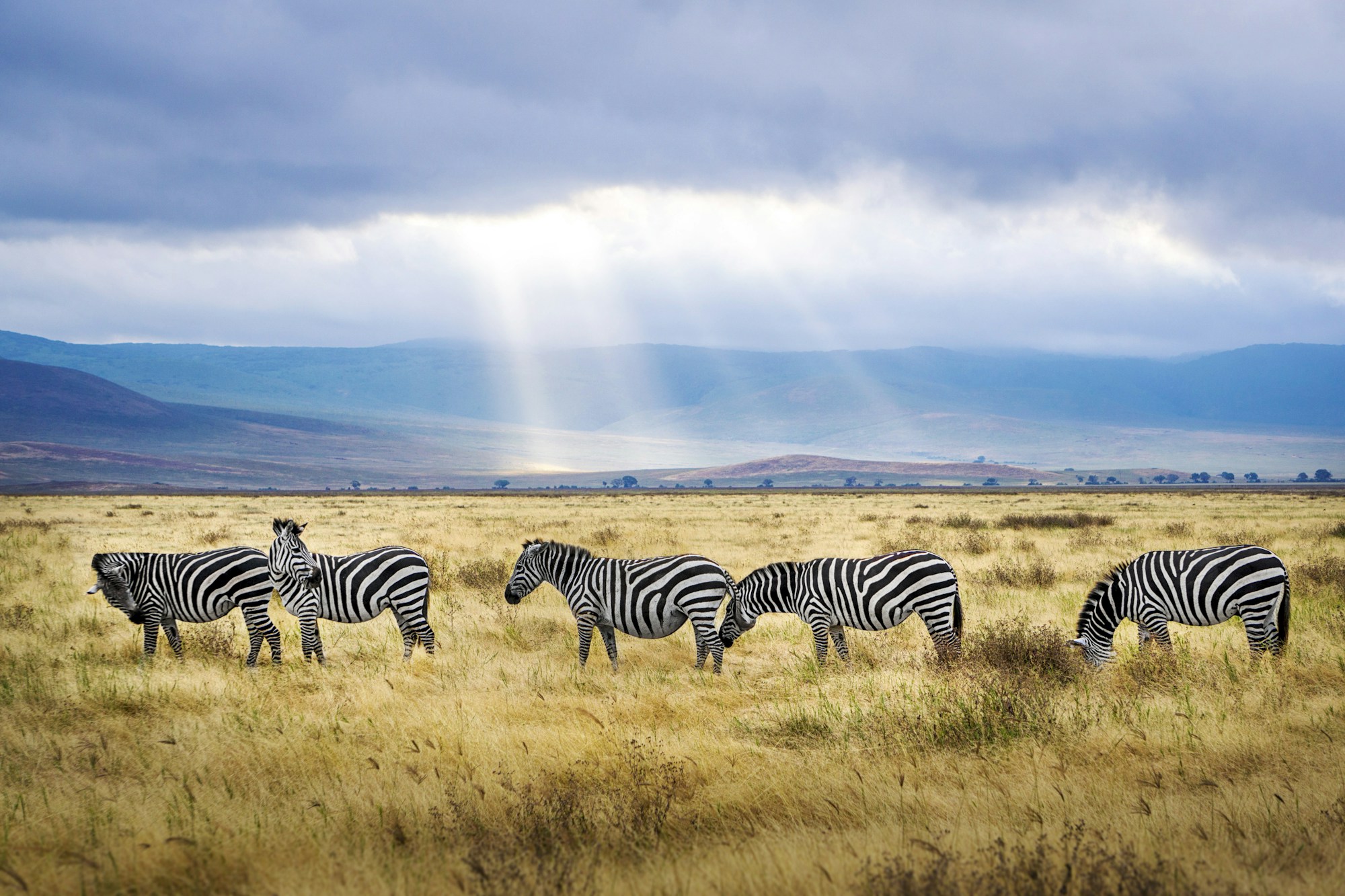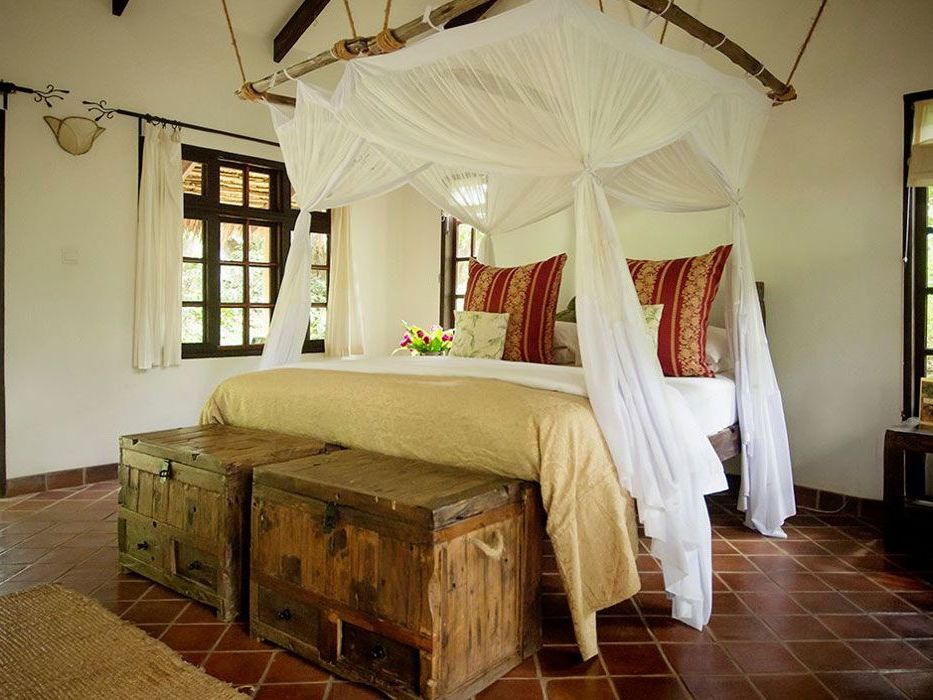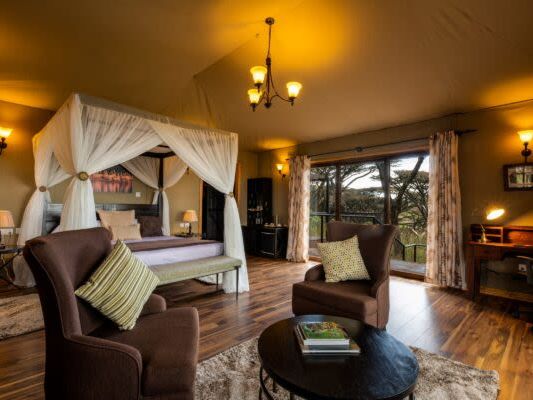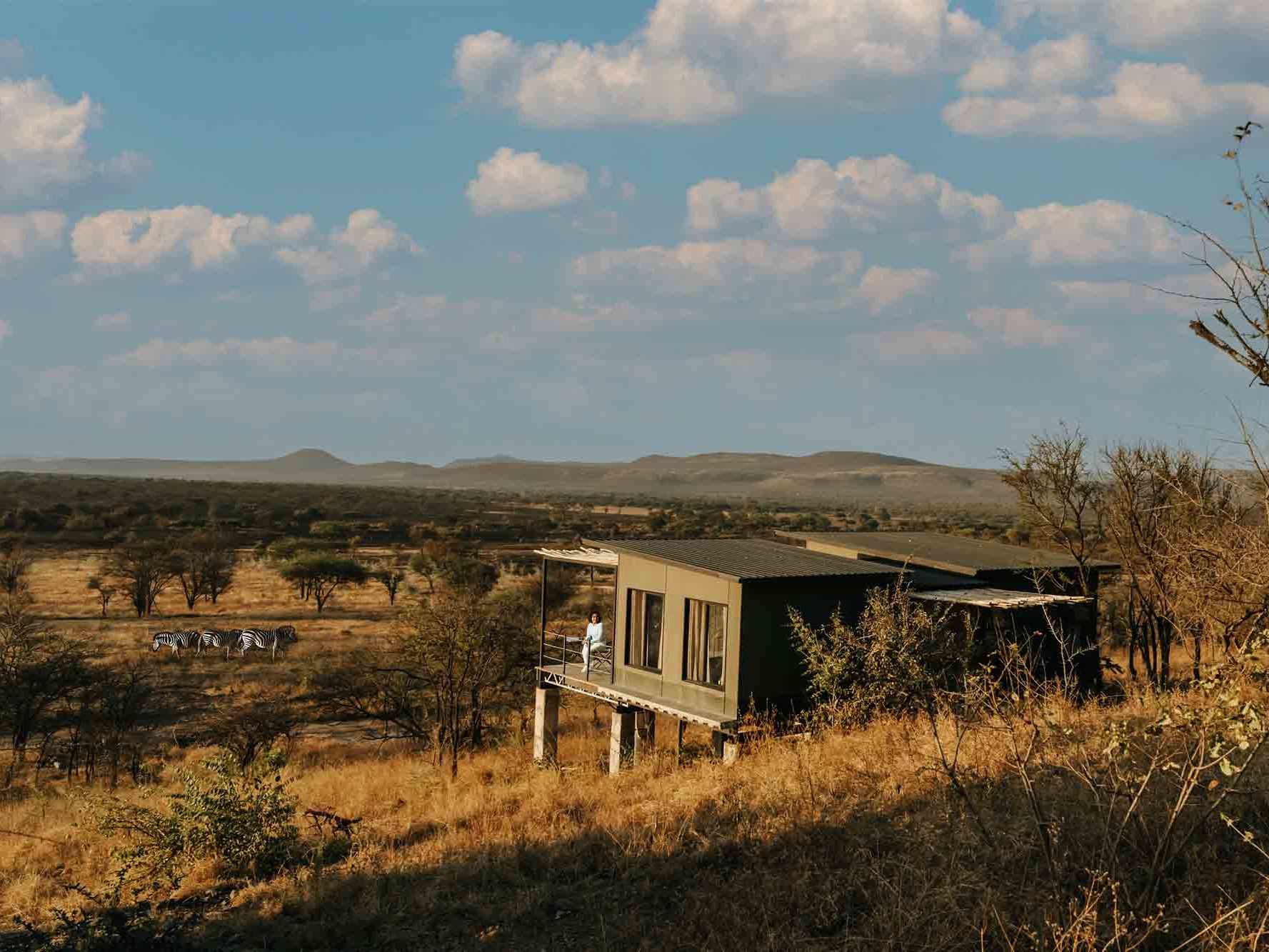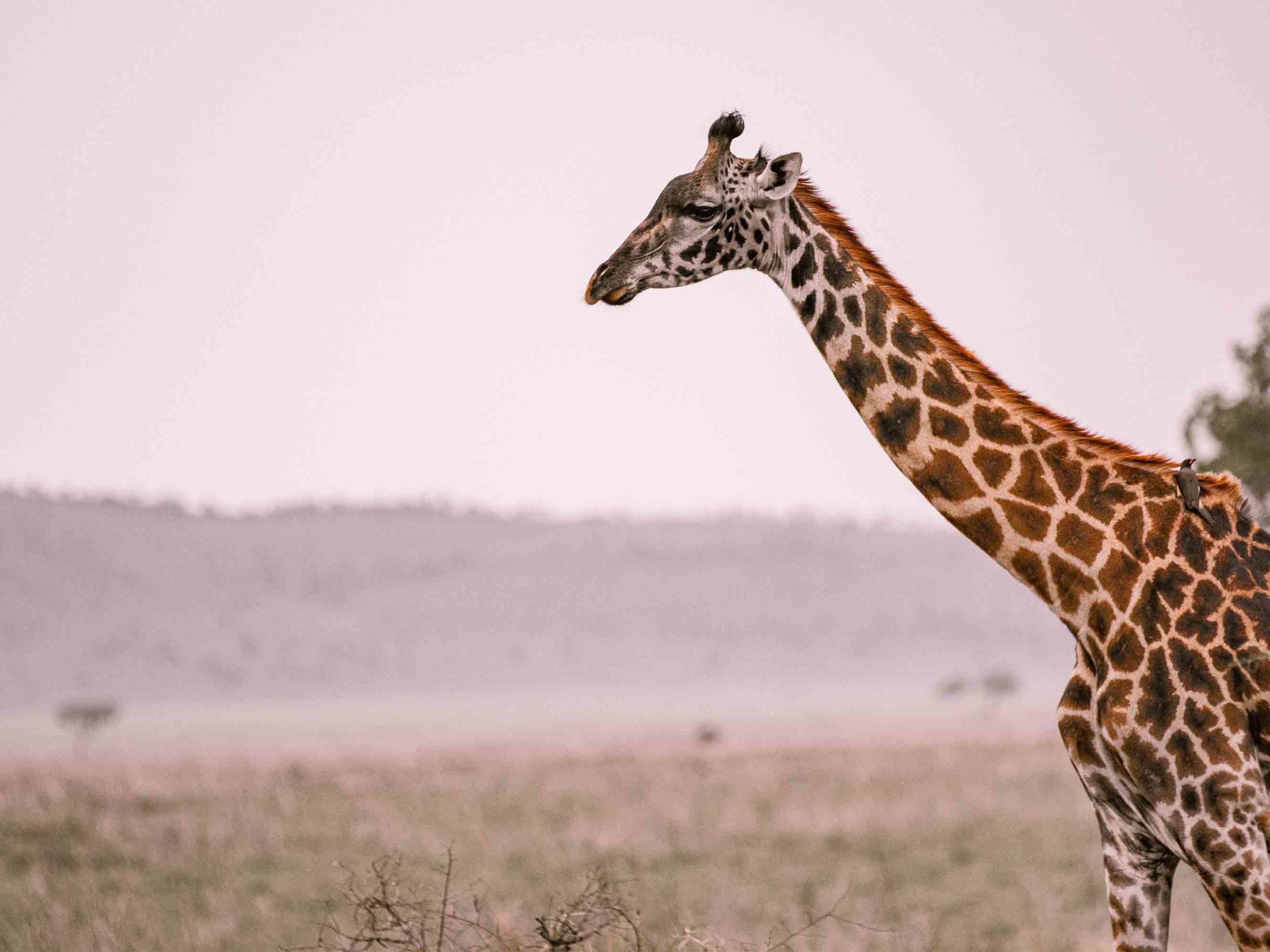Day 5: Tarangire to Ngorongoro
Early morning departure from camp, making your way to Lake Manyara before the visitors from Arusha arrive. Enjoy a picnic lunch and safari before continuing east and north via the bustling towns of Makuyuni and Mto wa Mbu for a glimpse of daily life. Continue to the Ngorongoro Conservation Area headquarters and onward to the eastern rim of the Ngorongoro Crater for your stay at Lions Paw Camp. Settle into your ensuite tent with time to freshen up and enjoy a beverage around the campfire before dinner this evening.
Lake Manyara
The flamingo-clad soda lake that gives this national park its name is as popular with the birdlife as it is with safari travelers. The shores of Lake Manyara attract over 400 species of birds as well as large herds of buffalo, cheetah, giraffe, elephant, and lions. You'll hear about the famous tree-climbing lions of Manyara, but this is a behavior common for lions who may wish to escape the sun, gain a vantage point, or seek refuge from flies. It's still exciting to see anywhere, and in Manyara the lions aren't the only tree climbers with a beautiful canopy walk available for a bird's eye view (advanced reservation required). The acacia woodland blends with Maji Moto hot springs where you may find anything from a troop of olive baboons to Cape clawless otters, hippos, and Egyptian mongoose.
Lions Paw Camp
Nights: 2 Nights
Room Category: Tented suites
Includes: Breakfast, lunch, dinner
Excludes:Drinks, laundry, sundowners
Ngorongoro Crater
The Ngorongoro Crater is the world's largest inactive, intact and unfilled volcanic caldera. It serves as an Eden for a variety of Tanzania's iconic species with some of the best opportunities to observe black rhino in Tanzania. The crater collapsed in on itself 2-3 million years ago, and its floor covers 260 square kilometers (100 sq mi) with Lake Magadi a central feature in the crater and favorite habitat for lesser flamingoes. The crater serves as ideal habitat for a variety of herbivores including gazelle and wildebeest as well as zebra, eland, waterbuck, and cape buffalo. Hippos can be seen wallowing in rivers, giraffes graze on the acacias, and leopard lurk in the canopy on the slopes of the crater. Lions are a common sighting, and while high priority sightings do attract vehicle congestion, the crater offers a good introduction to the wildlife of the Serengeti and a breathtaking landscape.
Day 6: Full day in Ngorongoro
After an early breakfast, descend through the dense acacia forest into the crater, taking advantage of your proximity to the crater floor to arrive an hour or more ahead of vehicles traveling from outside the park boundary. Enjoy a full day of game viewing with picnic lunch and featuring a spectacular concentration of wildlife, including the big five. You'll explore the network of roads within the crater, stopping near the soda lake to observe flocks of flamingos, and return on game drive back to the lodge for the evening.
